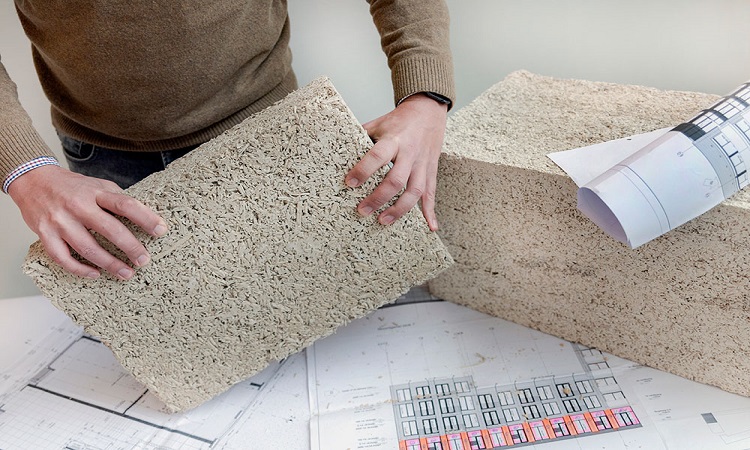Researchers at the Massachusetts Institute of Technology (MIT) developed a pavement which could mitigate greenhouse gas emissions. The innovation of the flooring is the ability to regulate the temperature of the surface, which, for the moment, are impenetrable due to the density of the materials with which they are built.
Pavements are an abundant urban area that covers about 40% of the cities in the United States. In addition to being the transportation route in the United States, they are a source of heat which can increase the air temperature up to 4.2 degrees Celsius.
In response, scientists at MIT Concrete Sustainability are studying how a surface can decrease the intensity of the heat it emanates. His research focused on “Cold pavements”, that is, a pavement that reflects more solar radiation and emits less heat compared to conventional paved surfaces.
Their report describes how cold pavements can reduce air temperatures by as much as 2.1 degrees Celsius and 1.7 degrees Celsius in the cities of Boston and Phoenix, respectively. “Achieving these savings requires cool pavement strategies based on climate, traffic and city configurations,” said study co-author Hessam AzariJafri.
Hessam AzariJafri also explained that surfaces with a low level of albedo (metric to measure the reflectivity of a surface), absorb more light and tend to be darker. On the other hand, when the surfaces have a high albedo index they are brighter and reflect more light.
Some materials such as concrete are capable of reflecting sunlight to regulate the temperature of the pavement, and lower the temperature of buildings. “Surfaces with a high albedo index tend to be brighter and reflect more light, this allows them to have low temperatures,” said AzariJafri.
For a comprehensive understanding of the environmental benefits of cold pavements, the researchers had to look beyond conventional road construction materials. This resulted in a classification of three types of pavement: reflective asphalt, concrete and reflective concrete.
This classification also allowed them to analyze the impacts incorporated for all types of pavements and the effect of the type of pavement on the vehicle’s excess fuel consumption. “We did an analysis of the environmental impact of the pavement by calculating three factors: the stiffness and the rate of deterioration of the surface,” said AzariJafri.
So far, MIT scientists are working on a new project, which will allow to study each of the materials in depth with the aim of creating more environmentally friendly cement. To do this, he wants to guide future road and road fresh paving projects in the United States to help cities and cope with climate change.




